Table of Contents
Bananas are ideal for composting! The essential nutrients found in bananas can enrich your garden soil, making it ideal for healthier plants. Minerals such as calcium, magnesium, potassium, and sodium help to improve the maturation of both flowering and fruit-bearing plants.
Moreover, the fibrous banana skins contribute organic material that retains water and boosts soil tilth for healthier cultivation. To achieve a successful, nutrient-rich compost, carefully monitor and maintain the right temperature and moisture conditions.
Composting contaminated bananas can lead to unpleasant odors and problematic pests. Mismanaging your compost pile or compost bin may also cause these issues.
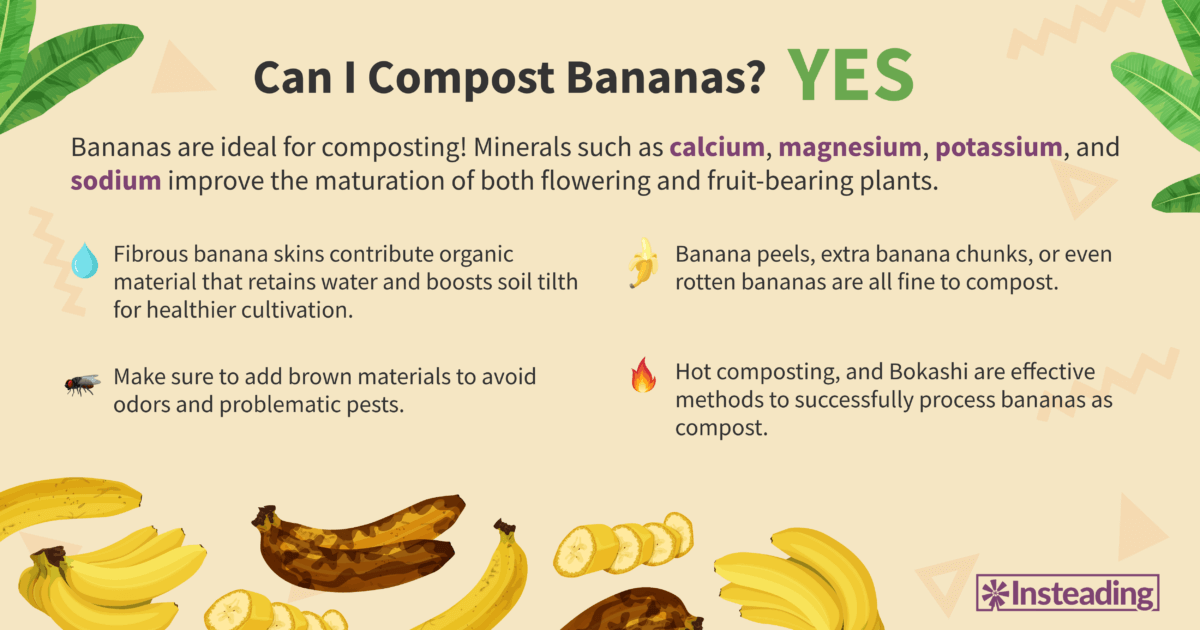
Continue reading to learn more about various methods of composting organic materials like bananas!
How to Compost Bananas
To ensure a healthy compost mix and avoid potential problems when composting bananas, consider both the preparation and compost conditions.
Preparing Bananas for Composting
Begin composting by removing any stickers on your bananas. These stickers, typically made of vinyl, contain a thin layer of plastic that is not biodegradable.
After removing the stickers, use a kitchen knife to cut the bananas into small pieces, no more than an inch or two in size. This will speed up the composting process, since breaking down a whole banana takes longer. Smaller pieces will definitely save you time!
Optimal Composting Conditions for Bananas
To guarantee the proper decomposition of bananas, follow a balanced mix of high-nitrogen, green matter and carbon-rich, brown matter. Aim for an ideal Carbon:Nitrogen (C:N) ratio of approximately 25-30:1, similar to the “One Bucket Greens, Two Buckets Browns” method.
Keep the moisture level between 50% and 60%. A compost pile that is too dry may slow down the composting process, while a pile that is too damp can create an unpleasant smell. Monitor the moisture and adjust as needed for better results!
Aerobic composting methods, such as hot composting, require oxygen to maintain the optimal temperature range of 90 to 140 degrees Fahrenheit. Turn the compost pile regularly to allow oxygen to circulate.
By maintaining these ideal conditions for composting bananas, you ensure a proper composting process and produce nutrient-rich additives for your soil and garden plants!
How Long Do Bananas Take To Compost?
Bananas can take up to three to four weeks to fully decompose, depending on compost conditions. The white flesh deteriorates faster, but a whole banana peel left in the open may take up to two years to fully decompose.
How Bananas Affect the Composting Process
Bananas make excellent additions to your compost pile because they are rich in nitrogen and promote microbial activity. However, mismanaging them can cause problems for your compost pile.
Impact on Decomposition
Bananas are abundant in nitrogen, an essential element that speeds up the decomposition process of compost materials. However, an imbalance between nitrogen and carbon may cause your pile to become excessively wet and condensed. To stabilize the pile, mix in more carbon-rich materials like leaves and wood chips. A successful organic compost requires maintaining a proper balance between nitrogen and carbon.
Microbial Activity
Bananas enhance the microbial activity in the compost pile. These microorganisms break down the organic materials present in the pile, accelerating the decomposition process.
Temperature and Moisture
Mixing bananas into the compost pile can affect its moisture level, potentially making it too wet. This, in turn, slows down the composting process. To counteract the excess moisture, balance it with added carbon materials and turn the pile consistently. As mentioned earlier, maintaining proper temperature and moisture levels is crucial for successful organic compost.
Potential Issues With Composting Bananas
Composting bananas can potentially lead to problematic pests like fruit flies and unpleasant odors. To ensure a hassle-free composting experience, take steps to prevent these potential risks.
Will Composting Bananas Attract Pests?
Fruit flies are drawn to overripe and decomposing fruits, such as bananas. Food scraps create ideal environments for fruit flies to lay eggs and feed on high-sugar food waste.
Failing to address this issue when composting bananas and other organic materials may lead to pest problems and the spread of unwanted diseases at home.
Will Composting Bananas Cause Odors?
Improper management of composting bananas can result in unpleasant smells. The composting process produces gasses like ammonia and sulfur dioxide. The pungent odor of ammonia, reminiscent of sweat or urine, occurs due to excessive nitrogen. In more extreme cases, the compost heap may emit a fishy smell, which happens when green and brown materials are not properly proportioned.
Methods for Composting Bananas
There are many ways to compost bananas. Read below to find the one that best suits your lifestyle and setup!
Hot Composting
Bananas are suitable for hot composting because they are rich in nitrogen. This method uses the heat produced by microorganisms to break down organic materials quickly. After preparing your bananas for composting, mix them with other high-nitrogen green materials like coffee grounds, food waste, green clippings, and vegetable scraps. Layer your compost heap with carbon-rich “browns” such as ashes, dead leaves, sawdust, and wood chips.
The “One Bucket Greens, Two Buckets Browns” method is a simple way to balance the mixture. Regularly monitor the optimal temperature of 90 to 140 degrees Fahrenheit, as this range indicates microbial activity and decomposition.
Cold Composting
Cold composting is a more laid-back approach that lets organic matter, like bananas, break down over a long time without much maintenance during decomposition. This method relies solely on organisms like bacteria, fungi, and insects to decompose the materials. Without high temperatures, cold composting is slower than hot composting, typically taking six months to one year to produce healthy organic material.
Cold composting is the simplest and most basic method, making it ideal for beginners. This method might be the best option for you!
Vermicomposting
Vermicomposting, also known as worm composting, primarily uses earthworms and microbes to produce a nutritious, humus-like vermicompost product. Earthworms consume and break apart food items like bananas in their digestive system, resulting in valuable worm castings.
Some species, such as red wigglers, red worms, and tiger worms, compost better than others. The Bed Method of vermicomposting is popular for its convenience, as it only requires a worm farm and a bed of organic materials on a Pucca or Kachcha floor.
Bokashi Composting
Derived from the Japanese word for “fermented organic matter,” Bokashi composting uses an inoculant in a specialized bucket to break down organic waste. This method is ideal for people with limited garden or outdoor space. Place bananas inside the composting bucket along with other kitchen scraps.
Bokashi composting is unique because it is anaerobic, requiring complete isolation from oxygen to complete the process. Fermentation inside the container decomposes the organic materials, resulting in suitable compost material.
Unlike traditional composting methods, you can add dairy and meat to a Bokashi compost container.
Alternatives to Composting Bananas
Sustainable disposal of bananas isn’t limited to composting only. Here are some that put bananas to good use!
Industrial Composting of Bananas
Local material recovery facilities accept organic waste like bananas for commercial composting. Reach out to the nearest industrial composting facility to learn how they accept compostable materials. This is a great option when composting at home isn’t feasible.
Reusing Bananas
You can repurpose bananas in the kitchen in various ways.
Packed with sugar, overripe bananas work well as natural sweeteners in baking. As long as they are not moldy, these leftover bananas can be valuable in the kitchen. Top your plain oatmeal with banana slices and a spoonful of peanut butter for an energizing meal. Transform overripe bananas into banana bread by mashing and mixing them with flour, eggs, and butter. Bake it to create a delicious snack.
The innate creaminess of bananas makes them great for smoothies. Blend overripe banana slices with your choice of milk and ice for a cold, refreshing treat.
For crispy finger food, try making fried banana chips out of your leftover bananas.
Upcycling Banana Peels
Don’t throw away those ripe banana peels yet! Food Network features a Banana Peel Cake with Brown Sugar Frosting recipe on their site. Make sure to omit both top and bottom tips when following the recipe.
Leftover banana peels can also serve as meat alternatives! Vegans rejoice because these everyday kitchen discards can be transformed into crispy, meaty bacon strips.
Did you know that potassium is a key ingredient for commercial shoe polish? Since banana skins are naturally packed with potassium, they can have a second life as an organic shoe polish. Simply rub the soft inside of the banana peel to your leather shoe until the surface is completely covered then wipe away unwanted residue with a clean cloth.
Feeding Banana Peels to Chickens & Livestock
Not all animals can consume banana peels due to their fibrous content called “tannins,” which makes the peels harder to digest. Processed banana peels are sometimes mixed into commercial feedstock bases for cattle, goats, pigs, and poultry. Feeding them additional fiber may cause digestive problems.
However, you can feed rabbits small, sliced portions of banana peels as a source of potassium and other minerals. Pests like rats and raccoons also have no problem eating the peels.
Bruised or moldy bananas are excellent sources of vitamins and minerals for chickens and livestock. However, due to their high sugar content, feed them bananas in moderation.
Disposal Options for Bananas
If none of the options above are possible, dispose of them properly in an appropriate waste bin.
What Bananas Shouldn’t Be Composted?
Bananas are generally suitable for composting. However, conventional banana farming often uses chemical treatments that can harm organisms needed for healthy soil. Traces of pesticides, herbicides, and insecticides may harm microorganisms working to break down organic materials. To keep your pile purely organic, separate treated bananas and explore alternative disposal methods.
Additionally, avoid adding bananas with stickers to your compost pile, as the adhesive and plastic in the stickers may contain harmful chemicals. Remove all stickers when preparing bananas for your compost.
Composting moldy bananas should be handled with care. Common molds produce poisonous mycotoxins that threaten both plant and human health. Mycotoxin accumulation in plant tissues can lead to plant diseases, stunted growth, and delayed seed germination.
FAQ
Can I compost banana peels with stickers on them?
Do not compost banana peels with stickers, as the adhesive and plastic in the stickers may contain harmful chemicals for the compost pile. When preparing banana peels for organic compost, remove all stickers.
Do bananas add too much moisture to my compost pile?
Bananas can increase the moisture level in your compost pile, potentially making it too wet and slowing down the composting process. Adding carbon materials and consistently turning the pile may help balance and reduce the pile’s dampness.
Are there any plants that particularly benefit from composted bananas?
Flowering and fruiting plants benefit from composted bananas. For example, research from Pennsylvania State University suggests tomatoes require more potassium two weeks before their first flower blooms. Adding potassium from bananas as direct fertilizer allows for a higher yield of tomatoes. Another research shows that potassium-deficient peppers have noticeably crouched leaves and slowed plant growth. Banana compost is a bountiful, natural source of potassium that gardeners can mix with their garden or potting soil during the growing season.




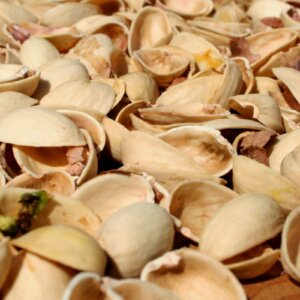

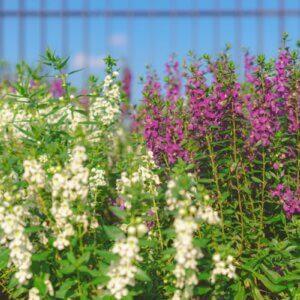
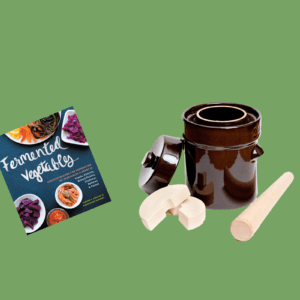

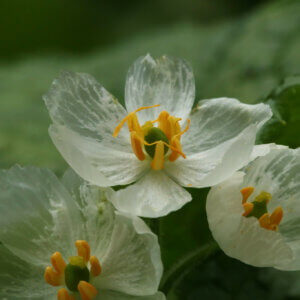
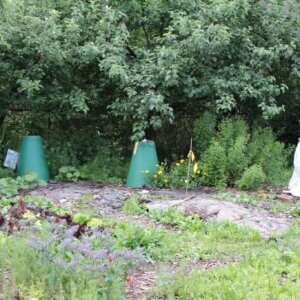
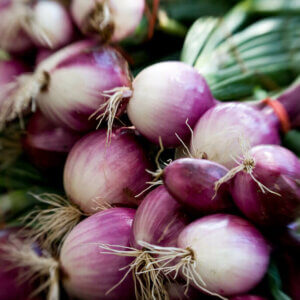

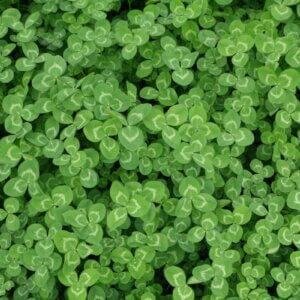


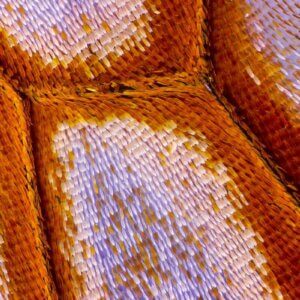
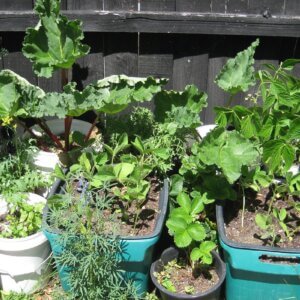
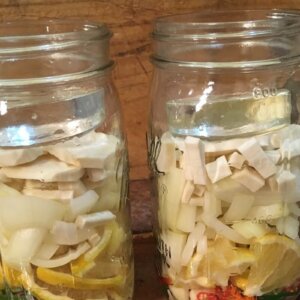
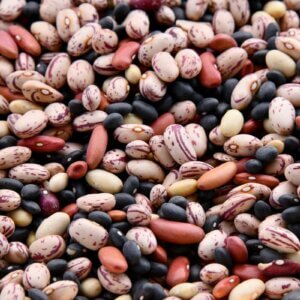
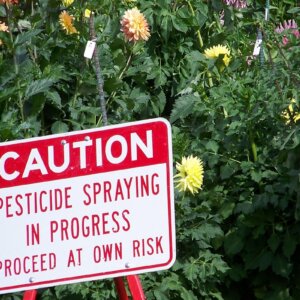
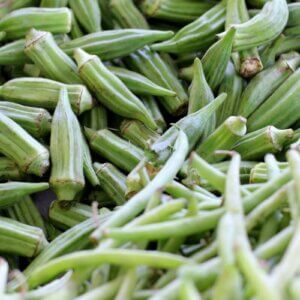


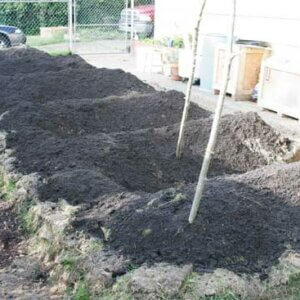
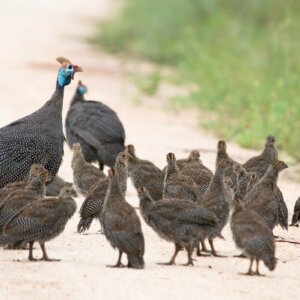
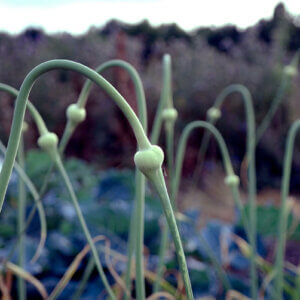
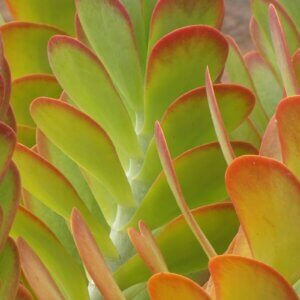
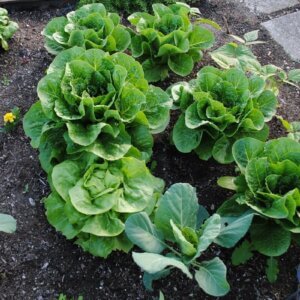


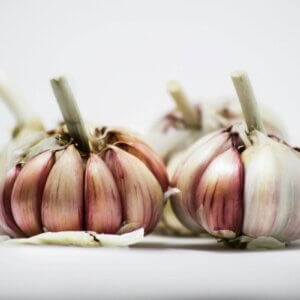
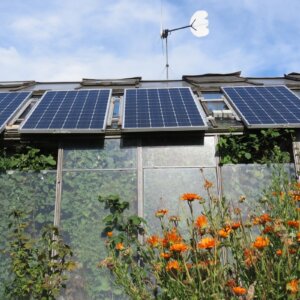


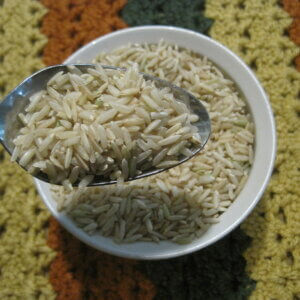
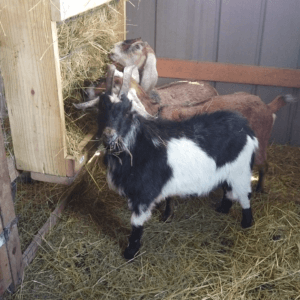


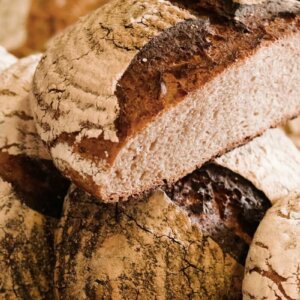
Leave a Reply